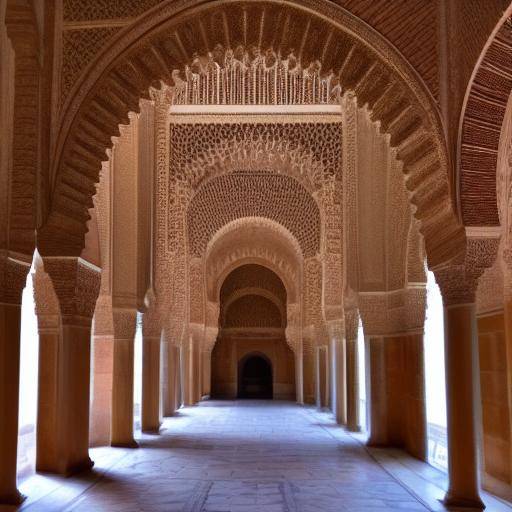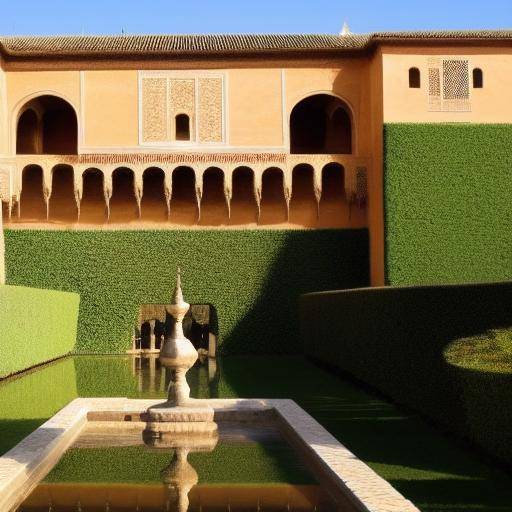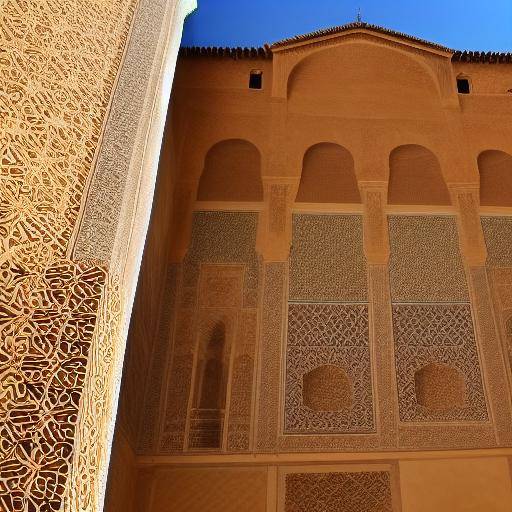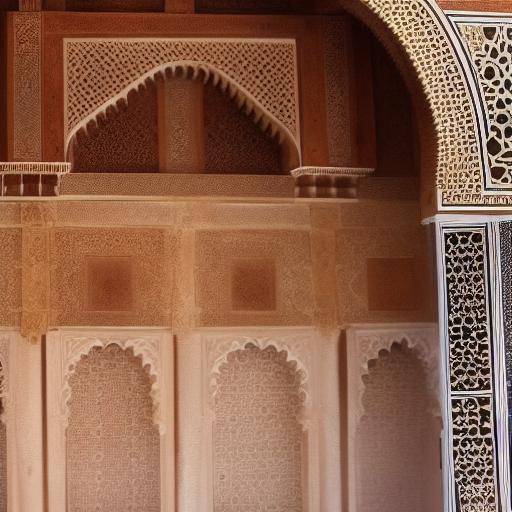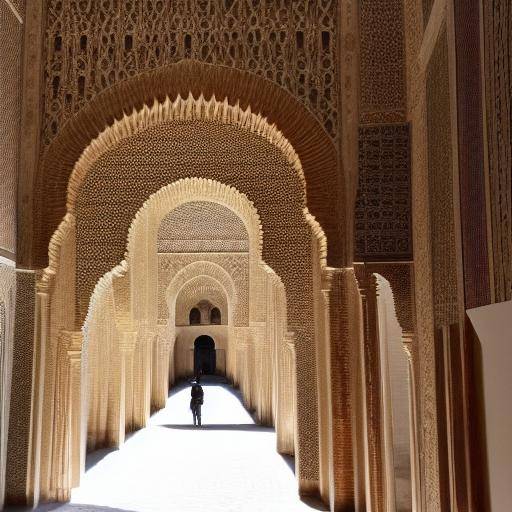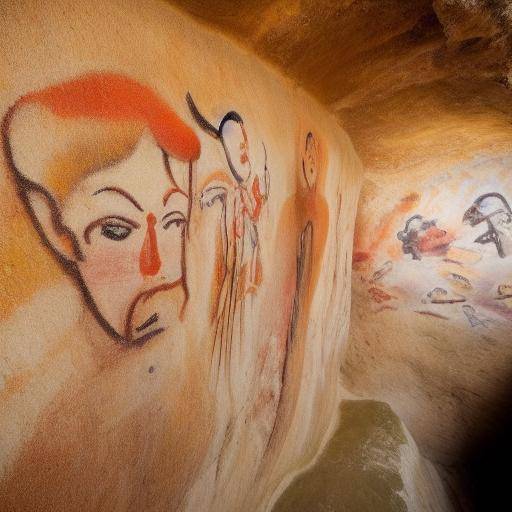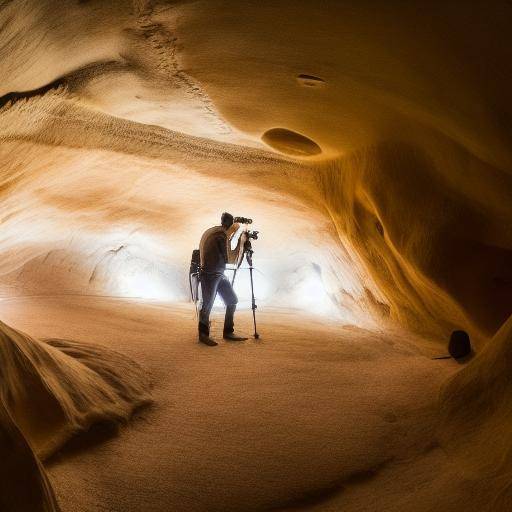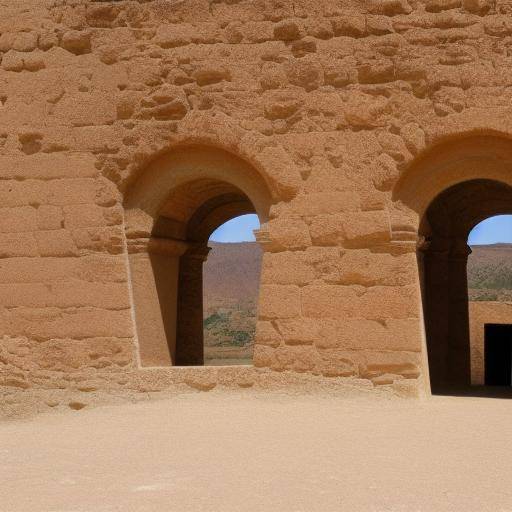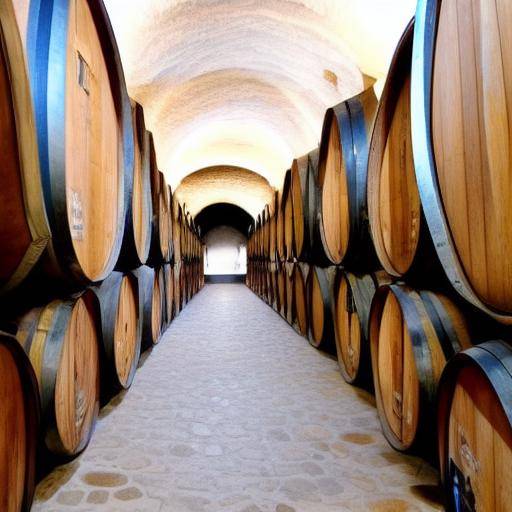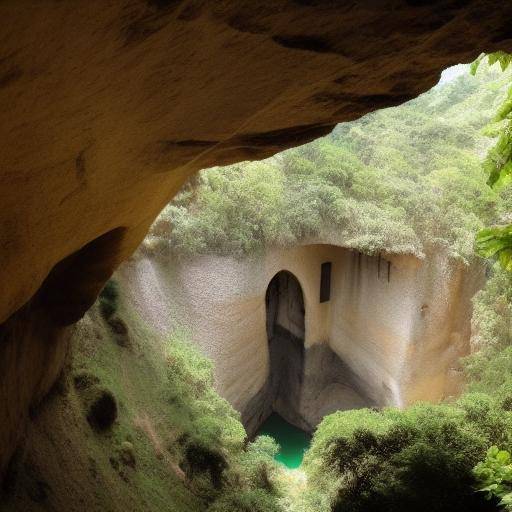
The Altamira caves, located in Cantabria, Spain, are an invaluable treasure that houses the artistic legacy of our ancestors. With cave paintings dating back thousands of years, this site is a testimony to the creativity and artistic skills of prehistory. In this article, we will explore the historical and cultural wealth of Altamira, the impact of tourism on its preservation, and how these tourist experiences can enrich our lives significantly.
Introduction
Altamira caves are considered one of the most important archaeological findings in the world. His cave paintings, which represent animals, human hands and other symbols, are an exceptional artistic manifestation that has marveled at generations. Through this article, we will discover the history and meaning of Altamira, explore the experience of cultural tourism on this site and analyze its impact on the preservation of this invaluable heritage.
History and Background
Altamira caves have fascinated scientists, archaeologists and art lovers since their discovery in the nineteenth century. With an age of approximately 14,000 years, these caves reveal pictorial landscapes that transport us to a remote past. The importance of Altamira lies in its contribution to the understanding of human cultural evolution and artistic expression in prehistoric societies.
The discovery of the cave paintings in 1879 by Marcelino Sanz de Sautuola and his daughter, Maria, marked a milestone in the understanding of the history of art. Despite the initial unbelief towards the authenticity of the paintings, Altamira eventually consolidated as a crucial reference in the study of prehistory and archaeology.
Analysis in Deep
The impact of tourism in Altamira caves has generated significant debates and challenges in terms of preservation and accessibility. The balance between the conservation of this cultural heritage and the promotion of sustainable tourism has become a central theme in the management of world-renowned archaeological sites.
Altamira not only offers the opportunity to appreciate the cave paintings, but also poses management challenges, such as the regulation of the flow of visitors, the environmental conservation and the protection of the caves against possible damage. This in-depth analysis will allow us to understand the various aspects surrounding the interaction between tourism and the preservation of cultural heritage.
Exhaustive examination
In order to promote cultural tourism and preserve the legacy of Altamira, it is essential to examine best practices in tourism management, the integration of new technologies for the dissemination of heritage and the role of education in the valuation of cultural property. This comprehensive approach will allow us to explore the various strategies implemented to ensure the conservation and responsible dissemination of this ancestral artistic legacy.
Comparative analysis
Compared to other cultural tourism destinations in Spain, Altamira stands out for its historical and artistic singularity. While other sites such as the cave paintings of the Cave of Nerja or the Cave of the Casares offer equally enriching experiences, each one brings its own distinctive value to the Spanish cultural panorama. The comparative analysis will provide a holistic view of the diversity and relevance of these destinations for cultural tourism in Spain.
Practical Tips and Accessible Recommendations
For visitors interested in exploring the caves of Altamira, it is recommended to book in advance, follow the indications of the tour guides and respect the preservation regulations. In addition, taking advantage of the learning opportunities offered by the interpretation centers and museums adjacent to the caves will allow a deeper understanding of their historical and cultural context. Visitors should also be aware of the importance of their behaviour to protect the integrity of this heritage for future generations. These practical advices contribute to ensuring a tourism experience in Altamira that is respectful and enriching.
Industry Perspectives and Expert Reviews
The prospects of experts in archaeology, cultural management and tourism will enrich our understanding of the importance of preserving and promoting sites such as Altamira. Reviewing the opinions of leading professionals will allow us to glimpse key trends, emerging challenges and innovative opportunities that mark the future of cultural tourism.
Case Studies and Real Life Applications
Case studies highlighting the successful management of other cultural destinations will provide concrete examples of how to address preservation and advocacy challenges in similar contexts to Altamira. By analysing successful experiences elsewhere, we can draw relevant lessons and apply them effectively to ensure Altamira's sustainability and prosperity as a tourist destination.
Future Trends and Predictions
Cultural tourism in Spain, including destinations such as Altamira, is experiencing significant transformations driven by technological advances, changes in the demand of visitors and an increasing focus on sustainability. Explore current and future trends will allow us to project the evolving landscape of cultural tourism, identify areas of potential growth and anticipate challenges that may arise in the future.
Conclusions
The cultural and artistic wealth of Altamira represents an invaluable heritage that deserves to be appreciated and protected. Through cultural tourism in this emblematic site, visitors have the opportunity to connect with the artistic legacy of the first inhabitants of the Iberian Peninsula, thus enriching their understanding of our history and shared heritage. The preservation of Altamira caves and the promotion of responsible cultural tourism are essential to ensure that this jewel of the past lasts for generations to come.
FAQs
What makes Altamira's cave paintings so special?
Altamira's cave paintings are special for its antiquity, beauty and artistic complexity. They represent a unique expression of the thought and creativity of our prehistoric ancestors.
What is the best time to visit Altamira caves?
The best time to visit Altamira is during the spring or autumn, when the weather is more temperate and the conditions for the conservation of the paintings are optimal.
What are the preservation measures implemented to protect Altamira caves?
Various measures have been implemented, such as the regulation of the number of visitors, the environmental monitoring of caves and the application of non-invasive technologies for conservation.
What other cultural tourism destinations close to Altamira can be visited?
In addition to Altamira, visitors can explore other nearby cultural destinations such as the Cave of El Castillo, the Covalan Cave and the Altamira Museum.
What are the restrictions to protect cave paintings during tourist visits?
During tourist visits, restrictions are imposed such as not touching the paintings, not using flash on the cameras and follow the directions of the guides to preserve the integrity of the caves and their artistic content.
What impact has tourism had on the conservation of Altamira?
Tourism has contributed both to the dissemination of the cultural value of Altamira and to the generation of financial resources for its preservation and responsible management.
Throughout this article, we have explored the extraordinary cultural and artistic wealth of Altamira caves in Cantabria, Spain. From undiscovery to contemporary management as a tourist destination, Altamira represents an invaluable legacy that reveals the magnificent prehistoric rock art. The preservation and promotion responsible for this heritage ensure that future generations continue to marvel at these masterpieces of the past. By understanding the meaning of Altamira and immersed in the experience of cultural tourism, visitors not only enrich their lives with knowledge and historical appreciation, but also contribute to the protection and dissemination of this heritage for generations to come.
In the hope that this article has awakened its interest in the caves of Altamira and cultural tourism in Spain, we invite you to explore further the wonders of our prehistoric past and to immerse yourself in enriching experiences that connect the present with our ancestral roots.
As always, if you have any additional questions or would like to learn more about Altamira, cultural tourism in Spain or any other related topics, do not hesitate to contact us. We will be happy to help you in your search for cultural knowledge and adventures!


